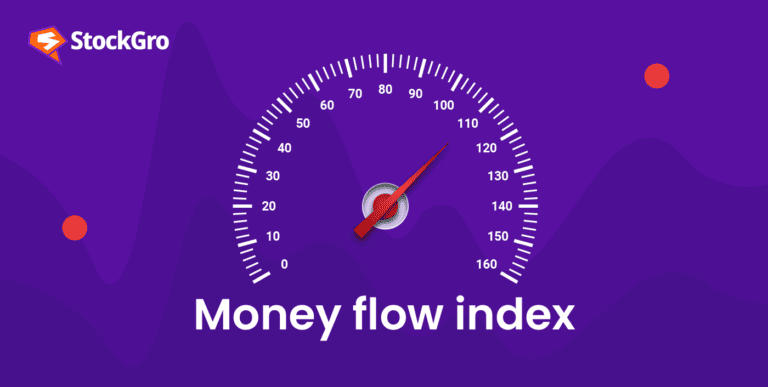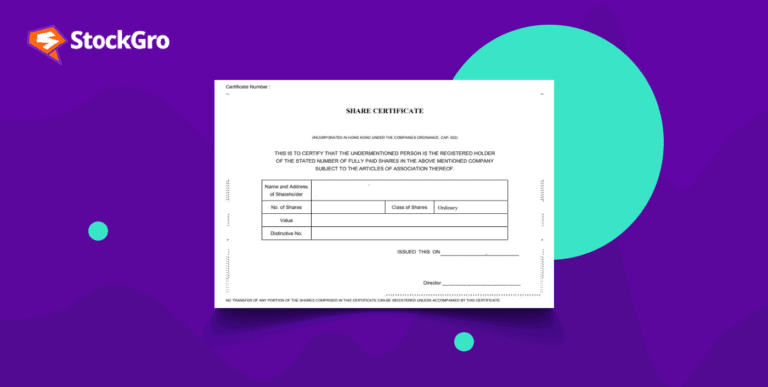
Whether you are investing in bonds, stocks, real estate or any other asset class, understanding this annual yield will assist you in calculating your returns. There are two types of gains one makes when investing in the stock market or any other investment. Capital gains and interest / dividend earned. Yield helps you compute returns for the second aspect i.e. interest / dividend.
In this comprehensive guide, we’ll delve into the concept of annual yield, explore its various forms, and discuss how it can help you evaluate your investments.
What is the annual yield?
Annual yield is a measure of the income generated (coupon, dividends) by an investment in one year, usually expressed as a percentage of the initial investment or the current market value. It is a basic measure used by professionals across the world to compute the investment’s profitability.
You may also like: Dividend Rate vs. Dividend Yield
Types of annual yield
Dividend yield:
Dividend yield is a measure of the income (dividend received) generated by equity or stocks.
The annual dividend yield’s formula is as follows:
Dividend yield (%) = (Annual dividend per share / Current stock price) × 100
Dividend yield helps investors assess the income potential of their stock investments and is particularly useful for income-focused investors.
Interest yield:
Interest yield is associated with fixed-income securities like bonds and certificates of deposit (CDs). It measures the interest income earned on these investments as a percentage of the investment’s face value or market price.
Let us look at the formula for interest yield:
Interest yield (%) = (Annual interest income / Face value or market price of bond) × 100
Interest yield provides investors with an idea of the income they can expect to receive from their fixed-income investments.
Rental yield:
Real estate investments encompass residential or commercial properties. It is computed by dividing the rental income generated from a property as a percentage of the property’s market value.
Formula for the rental yield is:
Rental yield (%) = (Annual rental income/Property’s market value or purchase price) × 100
Rental yield helps real estate investors evaluate potential return on investment (ROI) based on its rental income.
Yield to maturity (YTM):
Yield to maturity is specific to bonds and it measures the total return an investor can receive if they hold the bond until it matures. YTM accounts for periodic interest payments and capital gains or losses that occur due to changes in bond prices.
YTM for a zero coupon bond is calculated as follows:
YTM= ((face value/ current price)^(1/number of period) )-1
Total return yield:
Total return yield encompasses all forms of income generated by an investment, including dividends, interest, and capital gains or losses. It also accounts for income and changes in market value, showing a great picture when it comes to return.
Also read: What is Yield to Maturity? Make profitable bond investments based on YTM calculations.
Importance of annual yield
- Annual yield allows investors to evaluate how well an investment is performing in terms of generating income. It helps answer whether an investment is meeting its income-generating objectives.
- For income-oriented investors, annual yield is essential for budgeting and planning purposes. It helps investors estimate the income they can expect from their investments.
- High yield can sometimes be associated with higher risks. Annual yield provides insight into the potential rewards versus the risks associated with an investment.
- By understanding the annual yield of different asset classes, investors can diversify their portfolios effectively, balancing income-generating investments with those offering growth potential.
How can you calculate the annual yield?
Let us try to calculate the bond yield :
Face Value of the Bond: Rs.1300
Coupon Rate (Interest Rate): 6%
Bond Price: Rs.1600
To find the bond yield, we can use the formula for yield, which is calculated by dividing the annual interest (coupon payment) by the bond price and then multiplying it by 100 to express it as a percentage.
Bond Yield (%) = (Annual Interest / Bond Price) × 100
First, calculate the annual interest (coupon payment) using the coupon rate and face value:
Annual Interest = Coupon Rate × Face Value
= 6% of Rs.1300
Annual Interest = Rs.78
Now, we can calculate the bond yield:
Bond Yield (%) = (78/1600) × 100
Annual Bond Yield (%) = (0.04875) × 100
So, the bond yield is approximately 4.88%.
Also read: A way for you to calculate your return on investments through RAROC
Factors influencing annual yield
Market conditions
Economic conditions, interest rates, and supply-demand dynamics of the market impact an investment’s yield. When interest rates rise, bond yields increase which makes existing bonds with lower yields less attractive.
Credit quality
The credit quality of a bond issuer plays a key role in determining yield. Higher-rated bonds typically offer lower yields compared to lower-rated or junk bonds to compensate investors for the additional risk.
Property location
For real estate investments, location matters. Properties in good locations have a higher demand for rentals.
Company performance
In the case of stocks, a company’s financial health and profitability can affect its ability to pay dividends, thereby impacting dividend yield.
Investment type
Different types of investments inherently offer varying yields. For example, stocks offer higher potential for capital appreciation but may have lower dividend yields compared to income-focused investments like bonds or dividend-paying stocks.
Conclusion
Annual yield is a fundamental concept in the world of investments, offering investors valuable insights into the income potential of their holdings. Whether you’re a dividend-seeking stock investor, a bond enthusiast, or a real estate mogul, understanding and calculating annual yield is essential for evaluating and managing your investment portfolio.
By considering the various forms of annual yield and the factors that influence it, you can make more informed decisions and work toward achieving your financial goals.

